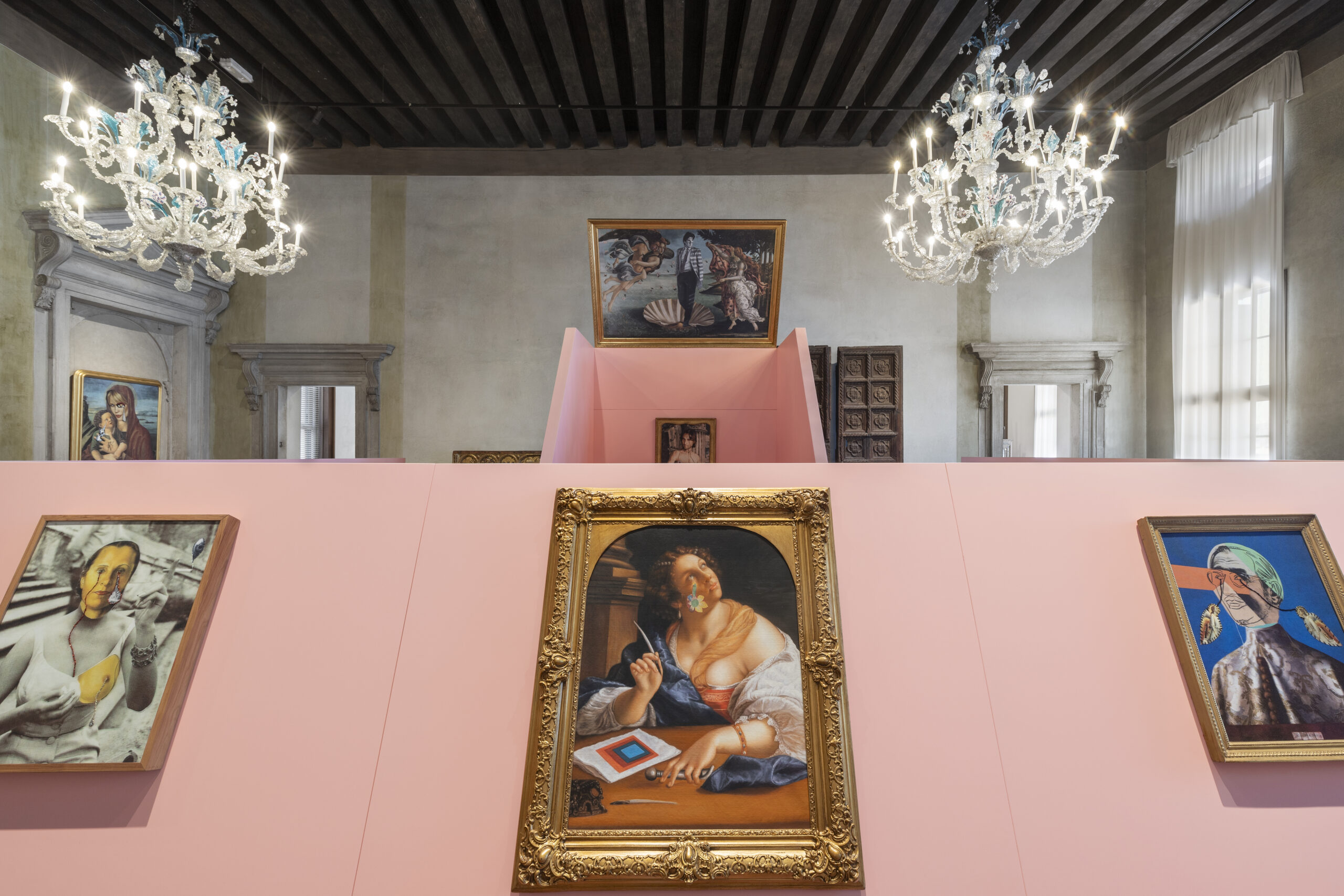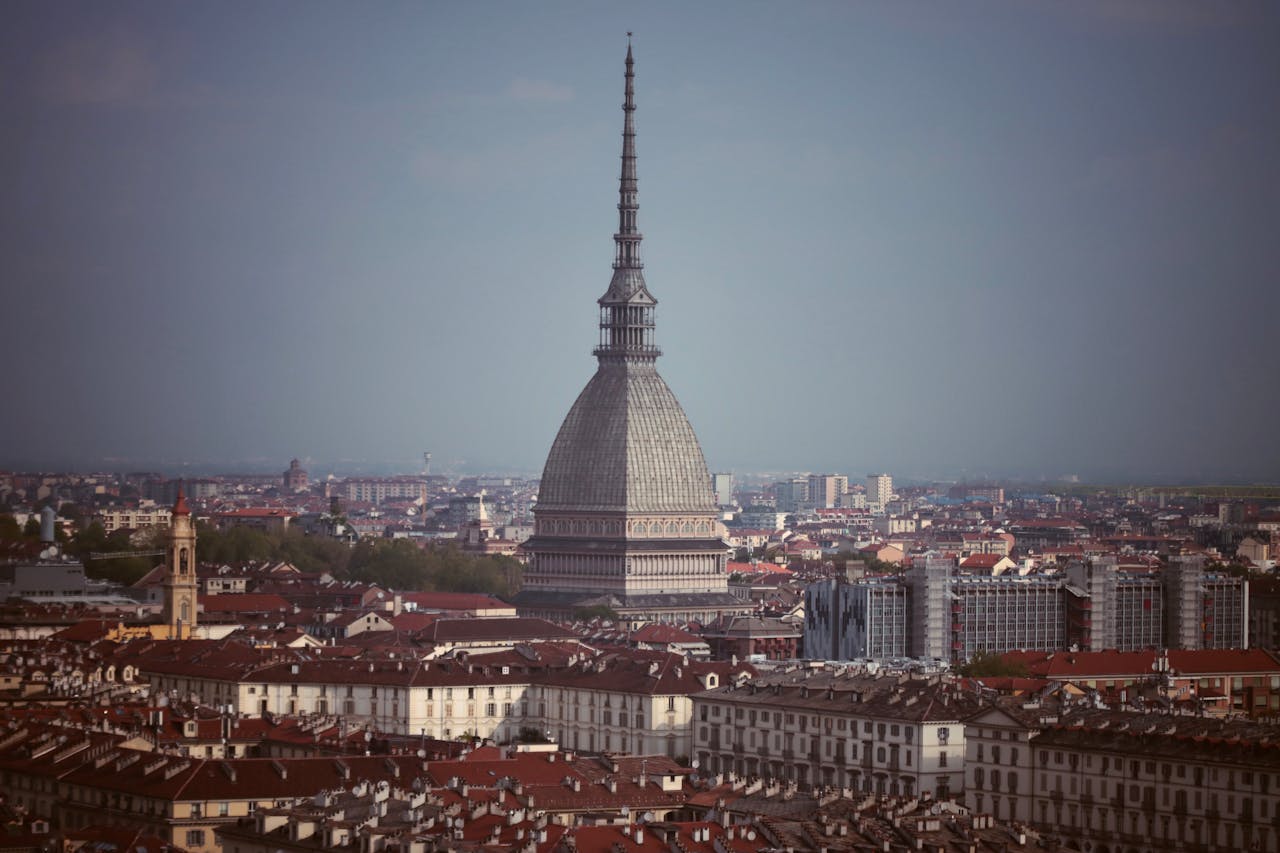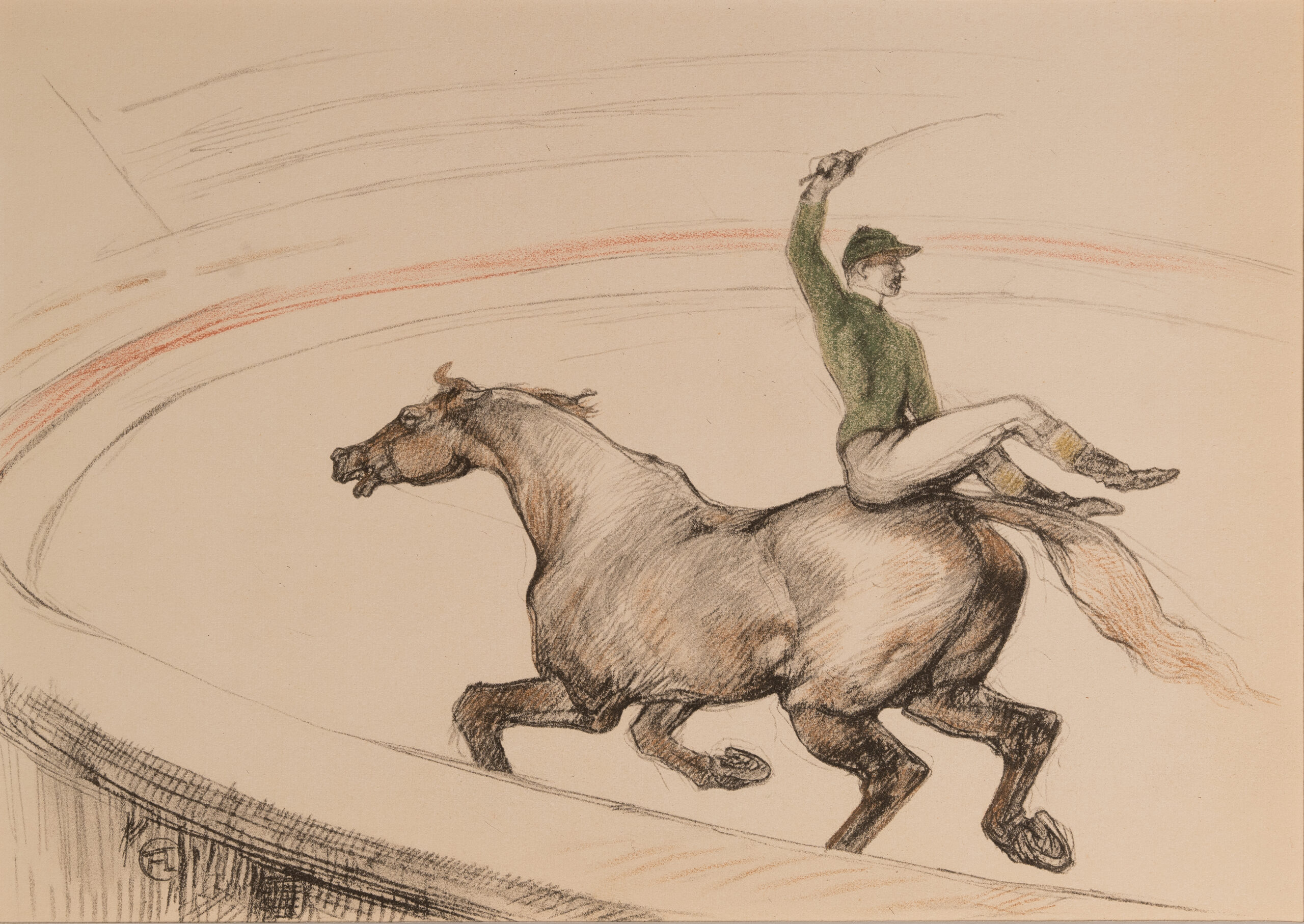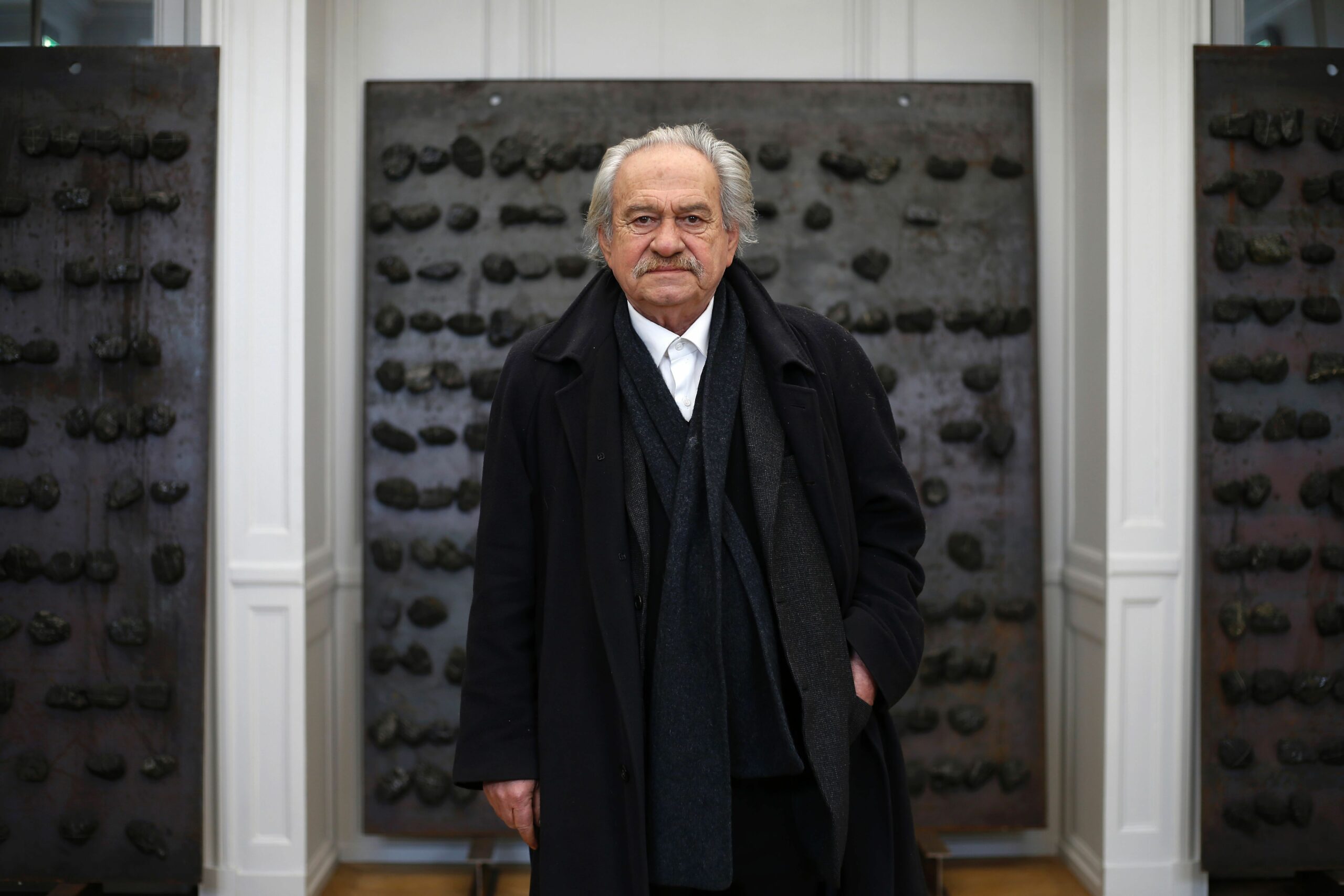
Francesco Vezzoli, installation view, Musei delle Lacrime, 2024, Museo Correr, Venice, Italy. Photo credit: Melania Dalle Grave_DSL Studio.
Francesco Vezzoli has always raised questions about gender dynamics and art history with his works; he has also provoked strong reactions at times, but always with the aim of provoking debate and confrontation.
Known for his habit of embroidering his own paintings, Francesco Vezzoli has challenged traditional categories of male and female, subverting artistic conventions.
Now his works, ranging from historical pieces to new creations, are on temporary display from April 17 to Nov. 24, 2024 at the Museo Correr in Venice, offering a rare opportunity to see more than two decades of artistic production up close.





